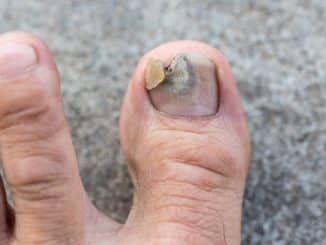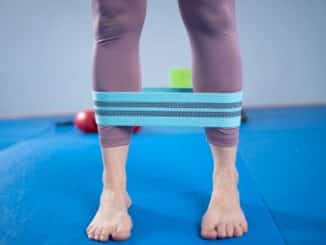
Hip injuries, whether from sports, exercise, or daily activities, can be painful and limit movement. Common issues include hip sprains, strains, bursitis, impingement, labral tears, and osteoarthritis. In this friendly guide, we explore causes, treatments, and prevention. From understanding root causes to discovering treatment options and preventive measures, we cover everything, including basic anatomy and targeted hip-strengthening exercises.
We know the importance of strong, healthy hips for an active lifestyle. That’s why we’ve created this comprehensive guide to help you navigate common hip conditions and injuries, providing the information you need to care for your hips and reduce the risk of injury. Dive in and keep those hips pain-free and mobile!
Common Hip Injuries
Hip injuries can manifest in various forms, including symptoms and treatment approaches. Understanding the different types of hip injuries can help you identify the specific issue and seek appropriate medical attention.
1. Hip Arthritis
Hip arthritis is characterized by inflammation and degeneration of the hip joint. This condition leads to pain, stiffness, and reduced range of motion, impacting the smooth movement of the ball-and-socket joint.
2. Hip Fractures
Hip fractures are hip problems that involve a complete break in the hip bone. Typically caused by traumatic events or falls, these fractures result in significant pain, swelling, and limited mobility.
3. Hip Bursitis
Hip bursitis entails inflammation of the bursa, a fluid-filled sac that cushions the hip joint. Discomfort and pain manifest around the hip, particularly during movement.
4. Hip Dysplasia
Hip dysplasia is a developmental issue where the hip joint forms abnormally. This may result in instability and an increased risk of injuries due to poor alignment of the ball-and-socket joint.
5. Hip Dislocation
The hip joint ball is displaced from its socket, leading to a hip dislocation.This traumatic event results in severe pain, swelling, and the inability to move the hip normally.
6. Stress Fractures
Stress fractures in the hip bone are tiny cracks caused by repetitive stress or overuse. Common among athletes, these fractures lead to localized hip pain and may compromise the structural integrity of the hip.
7. Snapping Hip Syndrome
The presence of a snapping or popping sensation in the hip joint during movement is indicative of snapping hip syndrome. It is often caused by the movement of muscles or tendons over bony structures, resulting in discomfort.
8. Labral Tear
Labral tears involve damage to the labrum, a cartilage ring surrounding the hip socket. A labral tear can cause pain, instability, and a feeling of the hip “catching” during certain movements.
9. Sports Injuries to the Hip
Sports injuries to the hip encompass a range of conditions, including fractures, dislocations, and soft tissue injuries. These injuries are often a result of high-impact or repetitive activities, leading to hip pain, swelling, and functional impairment.
If hip pain persists, it would be better to approach it with appropriate medical intervention for effective management and recovery.
Treatment Options for Hip Injuries
The course of treatment for common hip injuries relies upon the specific injury, its severity, and the individual’s overall health. In some cases, conservative approaches may be sufficient to reduce pain, while others may require surgical intervention. It is important to consult a healthcare professional to identify the most effective treatment to relieve pain.
A. For mild to moderate hip injuries
Conservative treatments may include rest, ice, compression, and elevation (RICE). Anti-inflammatory medications or pain relievers can help manage pain and reduce swelling. Physical therapy may also improve strength, flexibility, and joint stability.
B. For ineffective conservative treatments or severe hip injuries
Surgical intervention may be necessary in cases where conservative treatments are ineffective or when the hip injury is severe. The particular surgical approach will vary based on the nature and severity of the injury. Arthroscopy, hip resurfacing, and total hip replacement are some of the surgical options available.
Recovery time for hip injuries may fluctuate based on the extent of the injury and the chosen treatment approach. Following the recommended rehabilitation plan and attending follow-up appointments is essential to monitor progress and adjust the treatment as needed.
Hip Injury Prevention Exercises and Stretches
Incorporating specific exercises and stretches into your fitness routine can help strengthen the hip muscles, improve stability, and reduce the risk of injury. Here are some effective exercises and stretches to consider:
1. Clamshells
Begin by lying on your side, maintaining good alignment with your head, shoulders, hips, and toes. Rest your head on your hand and bend your knees with your ankles in line with your hips. Engage your core, and lift your top knee towards the ceiling while keeping your feet together. Hold the position for a few seconds. Slowly lower your leg to return to the starting position and repeat the movement. After several repetitions, perform the movement on the opposite side.
To make the exercise more challenging, use resistance bands to add more resistance. This exercise routine helps the muscles of the hip, particularly the gluteus medius.
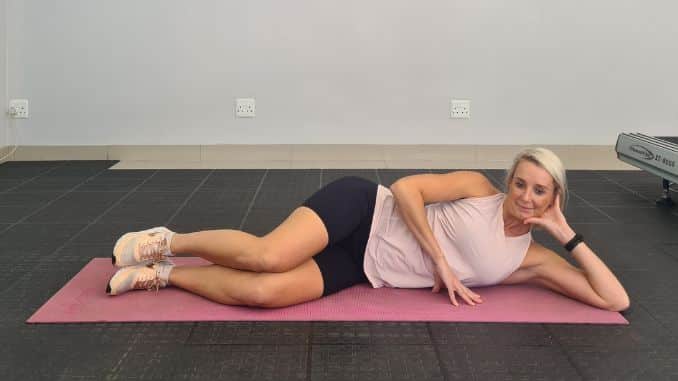 |
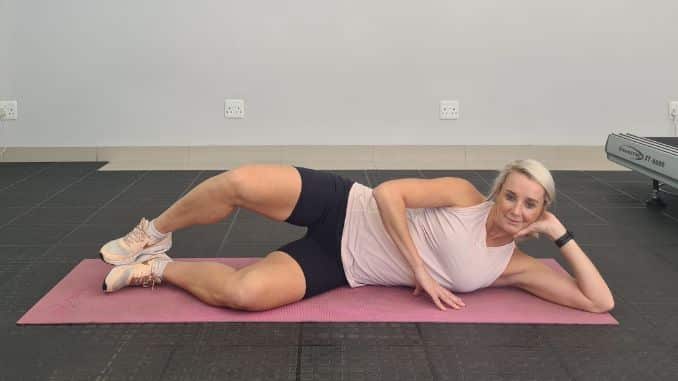 |
2. Glute Bridges
Lie on your back with your knees bent and your feet flat on the floor, hip-width apart. Relax your arms at your sides with your palms facing downward. Contract your abdominal area, then push from your heels to lift your hips. Hold this position for several deep belly breaths, in through your nose and out through your mouth. Relax and return to the starting position.
Repeat the movement for 12 repetitions.
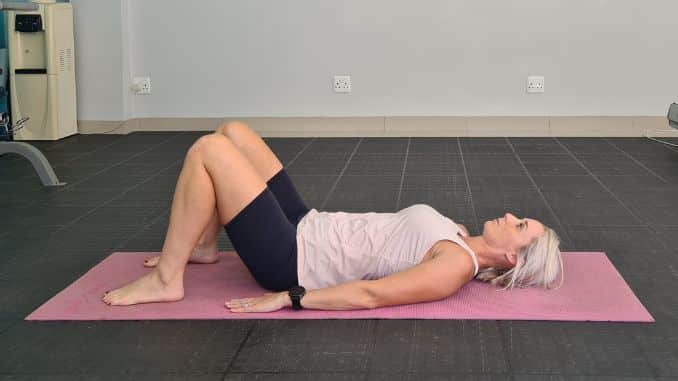 |
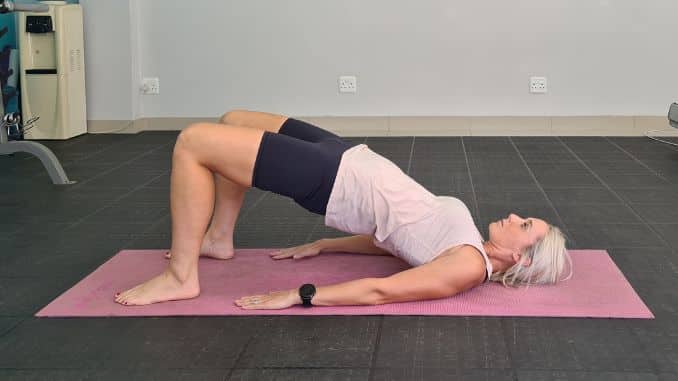 |
3. Pigeon Pose
Begin in a four-point position. Move into a straight arm plank position, maintaining proper alignment with your head, shoulders, hips, and legs. Lift one knee towards your shoulder and position your foot across your body. Lower your upper body into your leg and stretch your hip area, resting your forehead on your arms. Hold this position for about 10 deep belly breaths, in through your nose and out through your mouth. Return to the starting position and repeat the movement on the opposite leg.
Start off with 1 set of 1 repetition on each side, holding for 10 seconds. The intensity of this exercise routine is light.
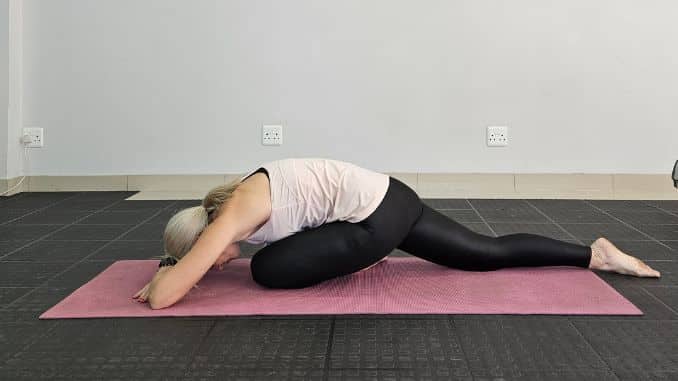 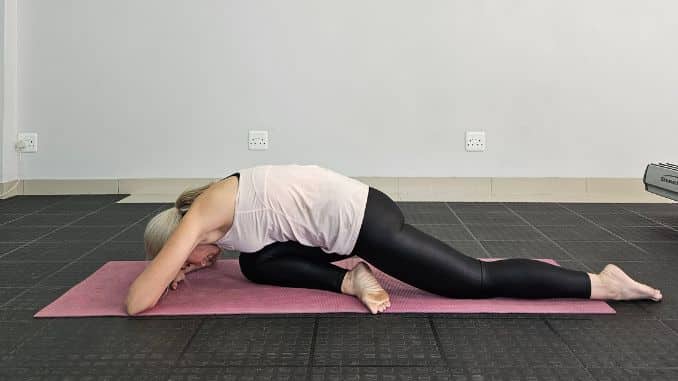 |
4. Lizard Pose
Begin in a 4-point position with your hands beneath your shoulders and your knees under your hips. Looking for a stretch deep into the capsule of the hip, take a big step forward with one foot, planting your foot on the outside of your hand to widen your hips. Keep your toes pointing straight ahead and slowly drop your hips to the ground. Hold this position for several deep belly breaths, in through your nose and out through your mouth. Step back to the starting position and repeat the movement on the opposite side.
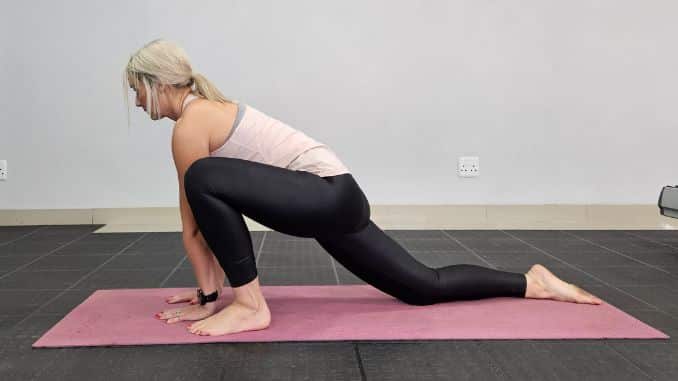 |
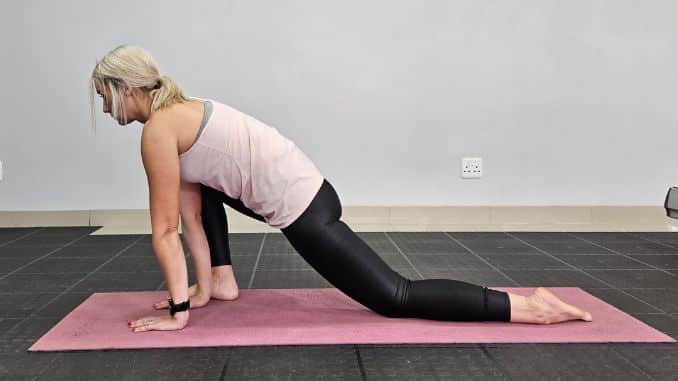 |
5. Seated Forward Fold
Begin in an upright sitting position on the floor, maintaining good alignment with your head, shoulders, and hips. Extend both legs in front of your body with your feet hip-width apart and your toes pointing upward. Engage your core and hinge through your hips to bend your upper body forward, reaching your toes with both hands. Hold this position for several deep belly breaths, in through your nose and out through your mouth. Slowly return to the starting position and repeat the movement as needed.
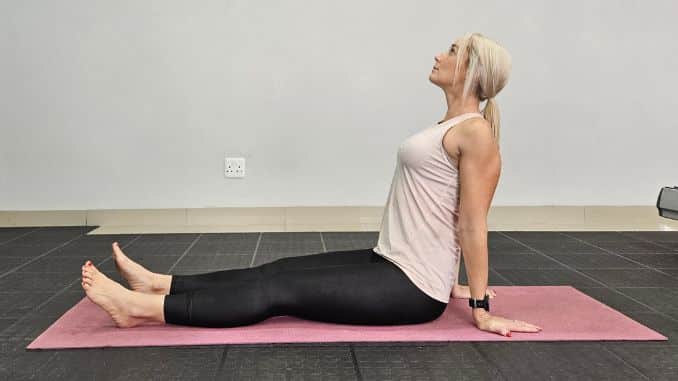 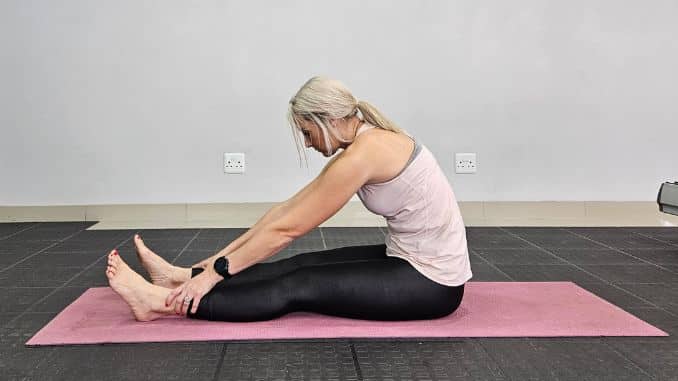 |
Final Thoughts
These common hip injuries can seriously impact our daily activities and what we enjoy, so understanding their causes and treatment options is crucial. Taking preventive measures through physical activities, maintaining a healthy weight, and good body mechanics can significantly reduce the risk of hip issues.
Adding targeted exercises and stretches to your fitness routine strengthens hip muscles, enhances stability, and promotes joint health.
In the unfortunate event of a hip injury, seeking prompt medical attention and following a comprehensive treatment plan, including rehab, like physical therapy, can lead to a successful recovery.
Stay proactive, keep those hips happy, and enjoy pain-free mobility for years! Remember, everything flows through the hips. Explore our Advanced Unlock Your Hip Flexor solution today!


